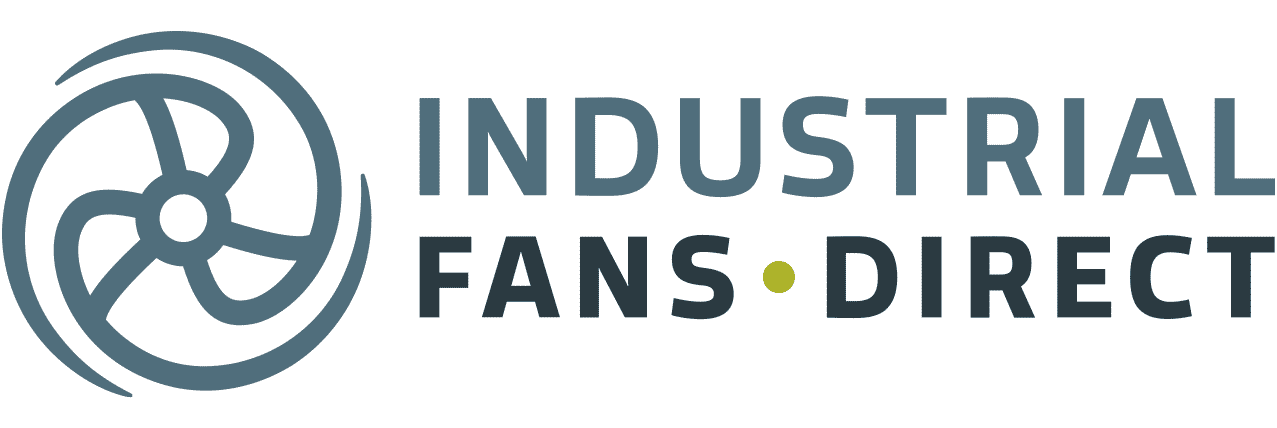A commercial ventilation exhaust system is designed to vent smoke, fumes, grease, and odors through a hood to the outside of a building and provide fresh replacement air from outdoors. Solid commercial kitchen ventilation design, installation, use, and maintenance are essential to foodservice for public health and safety, fire prevention, and emissions control. Exhaust fans need to meet the specific criteria for the intended application and provide adequate air quality controls. Without proper use and care, even the most superior equipment can fail to provide adequate ventilation to meet certain local, state, and federal guidelines.
Staying in compliance means avoiding fines and costly retrofits later. One way to keep up with code is to maintain a balance between the exhaust device, filters, the replacement air system, variable airflow, duct cleaning, duct access, duct pitch, duct drain, stack outlets, and the entire system’s impact on the internal and external environment.
Specific to the exhaust device is filtration and its external impact on the environment. A good system will keep grease from draining onto roofs or outside of buildings and polluting waterways and drainage systems. Changing pads and filters and scheduling timely maintenance will prevent this type of exhaust failure.
Commercial kitchen owners and operators who hire professionals to maintain and clean exhaust systems should find out if service is within parameters of EPA and applicable regulatory agency guidelines. Hiring a compliant-friendly service can cost more, but it also keeps
